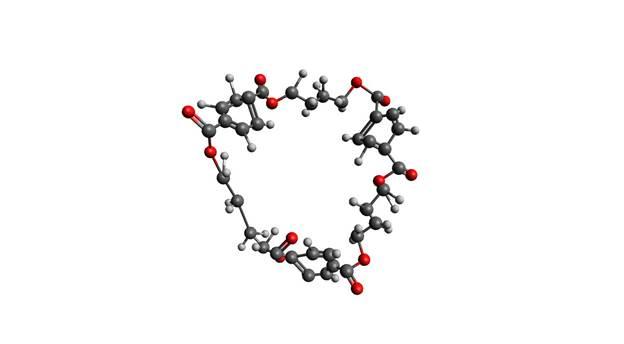
JRC scientists have developed an analytical approach for the elucidation of the structure and purity of polybutylene terephthalate (PBT) cyclic oligomers. This work is relevant to ensure safe food contact materials made of PBT.
Polybutylene terephthalate (PBT) is increasingly used as a plastic in food contact materials. In the chemical production of this polymer also smaller molecules, so-called oligomers, are formed from butylene terephthalate. These oligomers are cyclic and their presence in plastic food contact materials is only authorised with restrictions.
Until now, quantitative determinations of these oligomers were hampered by the lack of adequate analytical standards. Therefore JRC scientists designed and tested a methodology to address this gap.
Starting from a PBT cyclic oligomer mixture, they isolated and purified the individual oligomers using liquid chromatography. Subsequently, each isolated oligomer was characterised by several analytical techniques. It turned out that the individual cyclic PBT oligomers had a purity in the range of 96.1 % to 97.0 % related to their mass.
The availability of well-characterised individual cyclic PBT oligomers makes it now possible to verify whether food contact materials containing PBT comply with European legislation.
Read more in:
E.D. Tsochatzis et al.: Isolation, Characterization and Structural Elucidation of Polybutylene Terephthalate Cyclic Oligomers and Purity Assessment Using a 1H qNMR Method. Polymers 11 (2019), 464.
DOI: 10.3390/polym11030464
Related Content
Details
- Publication date
- 7 May 2019
